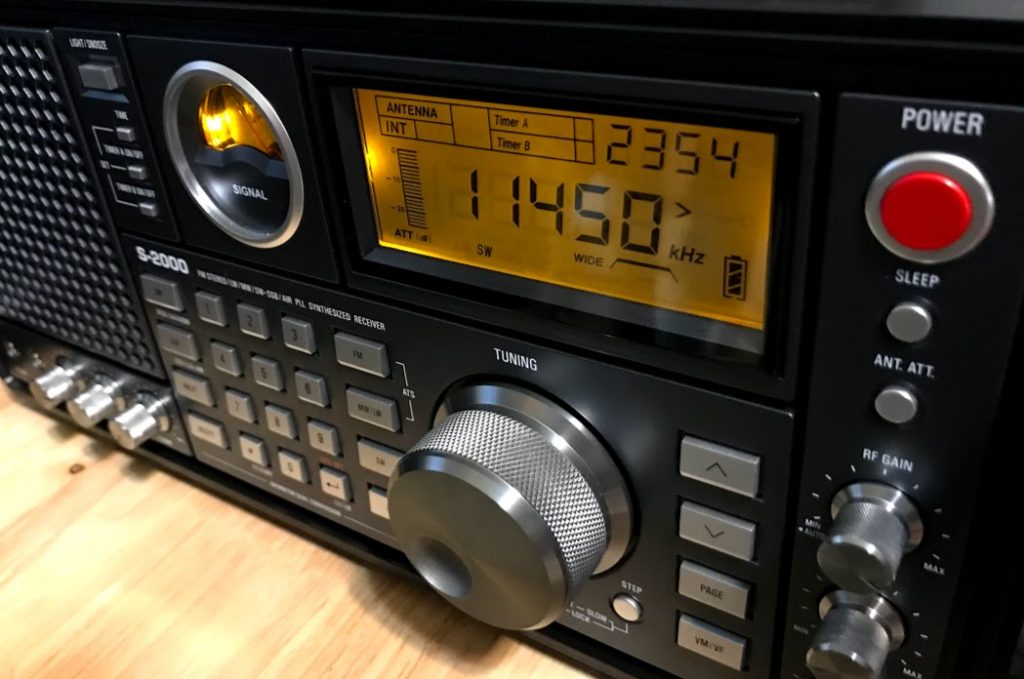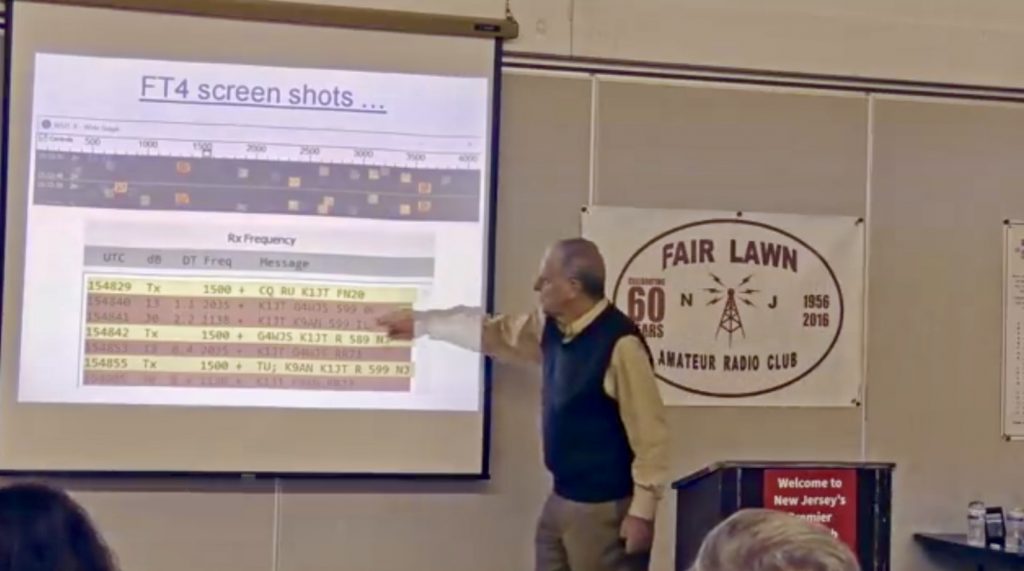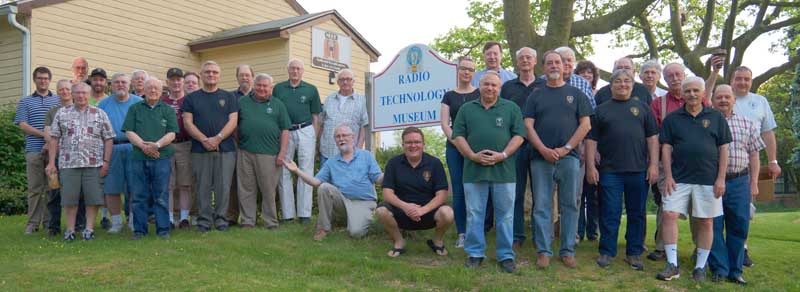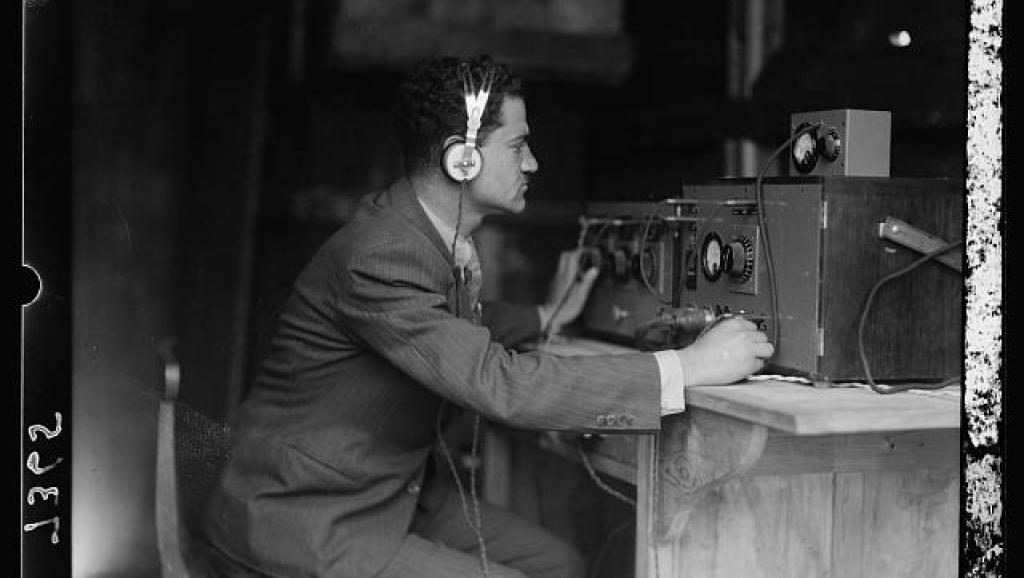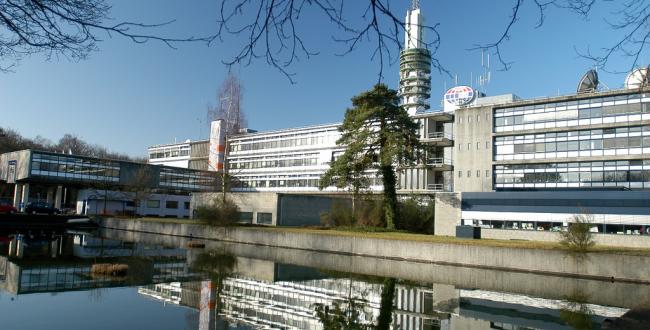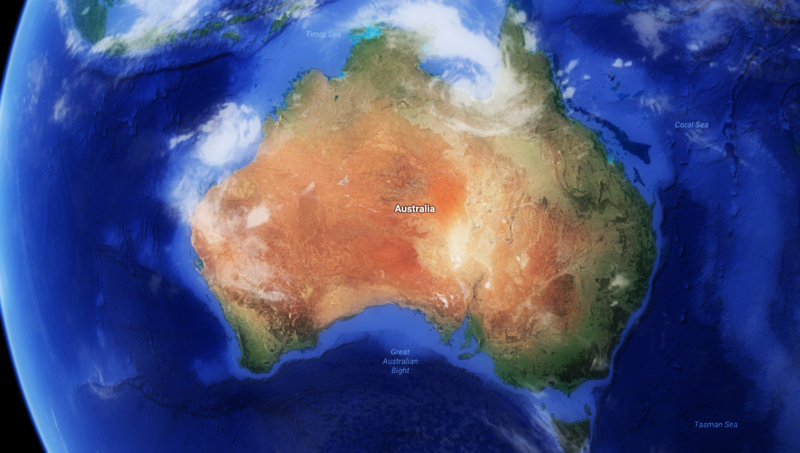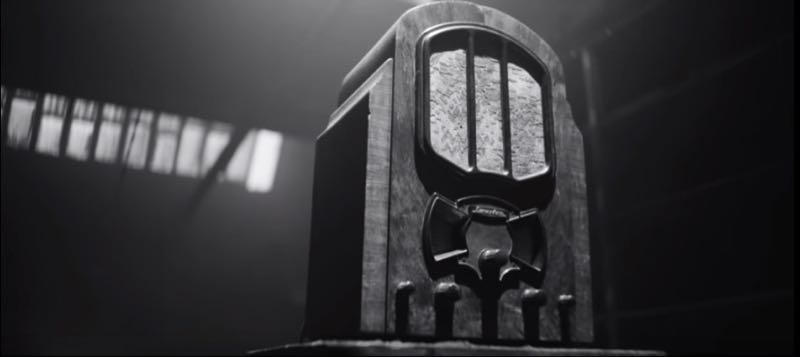
Many thanks to several SWLing Post readers who shared a link to this most recent single by the German rock band, Rammstein. The music site, Louder, posted an English translation of the lyrics:
(Source: Louder)
German alt-metallers Rammstein released their new single Radio late last week, and the internet has been abuzz with interpretations of the song, its lyrics and, of course, its accompanying video ever since.
Set throughout various eras of German history, the video (and song) examine East Germany’s relationship with Western culture – specifically the banning of the consumption of music, art and culture from the West by the German Democratic Republic.[…]
Rammstein Radio lyrics
[Presenter]
“Attention, attention here is Berlin Königs Wusterhausen and the German shortwave transmitter. We’re broadcasting dance music…”
[Verse 1]
We weren’t allowed to be part of it.
Nothing to see, talk or hear
But every night for an hour or two.
I’ve vanished from this world
A little happy every night
My ear very close to the world receiver
[Refrain]
Radio, my radio
I let myself be sucked into the ether
My ears become eyes
Radio, my radio
That’s how I hear what I don’t see
Silence secretly faraway woe
[Verse 2]
We weren’t allowed to be part of it.
Nothing to see, talk or disturb
Every song was forbidden
So dangerous foreign notes
But every night a little happy
My ear very close to the world receiver
[Refrain]
Radio, my radio
I let myself be sucked into the ether
My ears become eyes
Radio, my radio (my radio)
That’s how I hear what I don’t see
Silence secretly faraway woe
[Bridge]
Every night I secretly rose
On the back of music
Put your ears on your wings
Sing softly into one’s hands
Every night and fly again
I just walked away with the music
Float so through bright rooms
No borders, no fences.
[Interlude]
Radio, radio
Radio, radio
[Refrain]
Radio, my radio (my radio)
I let myself be sucked into the ether
My ears become eyes
Radio, my radio (my radio)
That’s how I hear what I don’t see
Silence secretly faraway woe
Credit for translation goes to Reddit user thebourbonkid88.
Click here to view the music video of Radio but be warned—you may consider this video NSFW (Not Safe For Work) as it contains brief nudity. As noted in the Southgate ARC, “The video revolves around the role and power of radio during the world wars, censorship and persecution of those who listened to foreign stations during this period.” If you’re easily offended by nudity and “adult situations” you should skip watching it. An alternative would be to listen to the audio via a service like Spotify.

